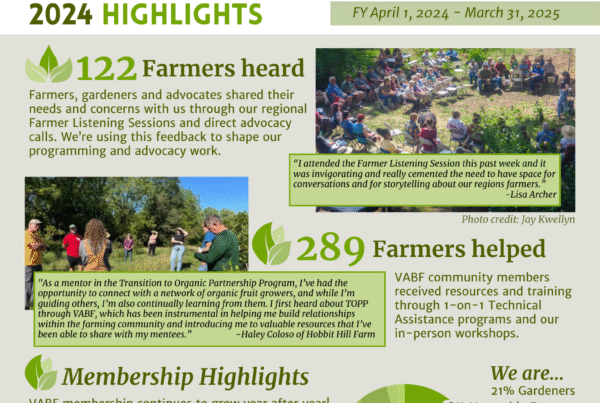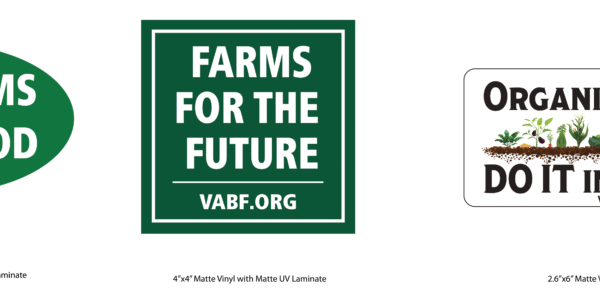By now I’m sure we have all seen the prices that chicken eggs are commanding lately. According to the Associated Press (AP), supermarket egg prices shot up from $1.93 a dozen in January 2022 to $4.82 just a year later, a whopping surge by any measure. We’re being told that egg prices have risen so dramatically for two main reasons: higher production costs and supply issues related to HPAI, or highly pathogenic avian influenza. While it’s true that production costs—things like feed, fuel, energy–have gone up, they have not risen nearly enough to justify that kind of price increase overall. So that leaves HPAI.
According to the most recent data available, the commercial US laying flock size hovers just under 400 million birds, give or take a few. The AP article I was just reading stated that more than 58 million birds have been slaughtered in the past few months to limit the spread of the virus in the latest outbreak, which has cost the government—taxpayers—roughly $661 million so far. That’s not a huge percentage of the overall flock size so I think it is reasonable to question why that is also being touted as a main driver in the price increase. That is, however, an enormous sum of money that we the people have spent to ‘fix’ the problem. But can this problem actually be fixed?
We’re complaining about the price of eggs in the supermarket but we don’t typically think about the money being thrown at this problem in an effort to limit the spread of a virus. And it’s not like the huge commercial egg suppliers aren’t logging in huge profits: Cal-Maine Foods, the largest egg producer in the US, saw their gross profit jump 10-fold from one 26-week period in 2021 to the same period in 2022, according to their most recent financial statement. I wonder how much of the $661 million gravy they slathered on top of that huge profit pie?
My real point is that while we’re all pointing the finger at corporate greed, government subsidies and widespread disease outbreaks, we miss the fact that the system by which those 400 million egg-laying hens produce their hen fruit is inherently vulnerable, especially so when it comes to highly pathogenic disease-causing organisms. I’m no scientist, but it’s hard to miss the fact that having tens-of-thousands of animals living all in the same house is in itself a huge risk factor. Enter anything highly pathogenic and viola! A new outbreak for us to focus our time and resources on.
Rather, why don’t we take from the supply-chain lessons we learned during 2020 and seek out local farmers who produce eggs in a much smaller, more decentralized manner who understand that sunlight and fresh pasture are the best disease-fighters? There are lots of folks these days who raise chickens for eggs locally, and by knowing and supporting that farmer, in your own small way, you avoid participating in the machine that rewards greed, thrives on subsidies and is constantly looking over their shoulder for the next outbreak coming down the pipe.
 Celebrate CSA week 2023 by finding local farms in your area and make an effort to buy from them. There are lots of models of Community Supported Agriculture (CSA), so take some time to research who the growers and farmers are in your community and help them to continue to provide the freshest and highest-quality farm products available. Your community will thank you for it.
Celebrate CSA week 2023 by finding local farms in your area and make an effort to buy from them. There are lots of models of Community Supported Agriculture (CSA), so take some time to research who the growers and farmers are in your community and help them to continue to provide the freshest and highest-quality farm products available. Your community will thank you for it.
Brent Wills







